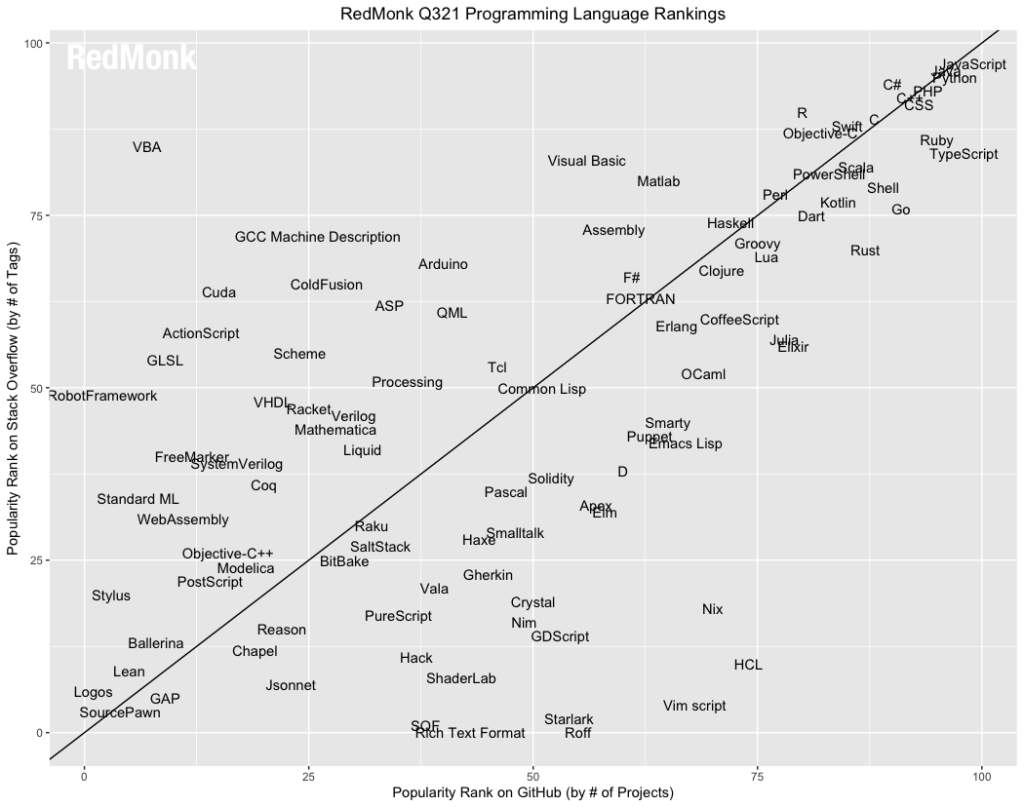Instead of waning, cyber attacks continue to rise as the years pass. Several reasons contribute to this phenomenon, despite developing and deploying more robust network and data security platforms. First, the recent spate of disruptive cyberattacks hampering operations of organizations and government agencies proves that cybercriminals are becoming bolder in perpetuating their malicious activities.
These nefarious actors attack small, medium, and large corporations and organizations. Several attacks were publicized. Most of them are high-profile ransomware victims: Kaseya, JBS, SolarWinds, Colonial Pipeline, Acer, AXA, and CAN Financial. Many of them opted to pay the ransom demand not to disrupt operations that can affect thousands of businesses and consumers.
The nagging question is why cyberattacks are happening more often today. First, attackers are getting more sophisticated. Second, many are organized hacking groups, while some are already identified as government-backed hackers. The increase in cyberattacks can be attributed to several reasons, namely:
- The willingness of many victims to pay the ransom;
- Increased use of unregulated cryptocurrencies, which are harder to trace;
- Publication of cyberattacks enticed other hackers to try the activity themselves, taking the publication of the attacks as successes of cybercriminals– this turned into a get-rich-quick scheme;
- Increasing numbers of people going online, especially amid the pandemic.
Table of Contents
- How to deal with cyber crimes
- Demand and market size of apps protection
- Benefiting from RASP
- The takeaway
Alice and Bob Learn Application Security






![Don't Hire a Software Developer Until You Read this Book: The software survival guide for tech startups & entrepreneurs (from idea, to build, to product launch and everything in between.) by [K.N. Kukoyi]](https://m.media-amazon.com/images/I/51a9ala-KuL.jpg)










